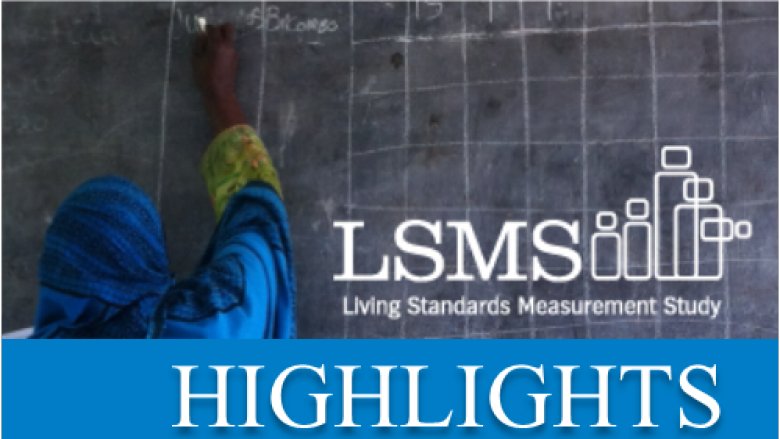This article demonstrates conditions in Uganda regarding the country’s access to essential goods and food insecurity.
Read the full brief and access the microdata of the latest round (R9) to explore more socio-economic conditions
Access to essential goods
Between June to August 2022, respondents were asked if they or any other household member(s) managed to access essential goods when needed during the last seven days. Those who had access were also asked if they managed to access the desired amounts. Finding shows that Ugandan households have been facing significant difficulties in accessing essential goods such as cooking oil, fuel, beef, bread, and rice.
Lack of money and increased prices were the key reasons behind low access.


